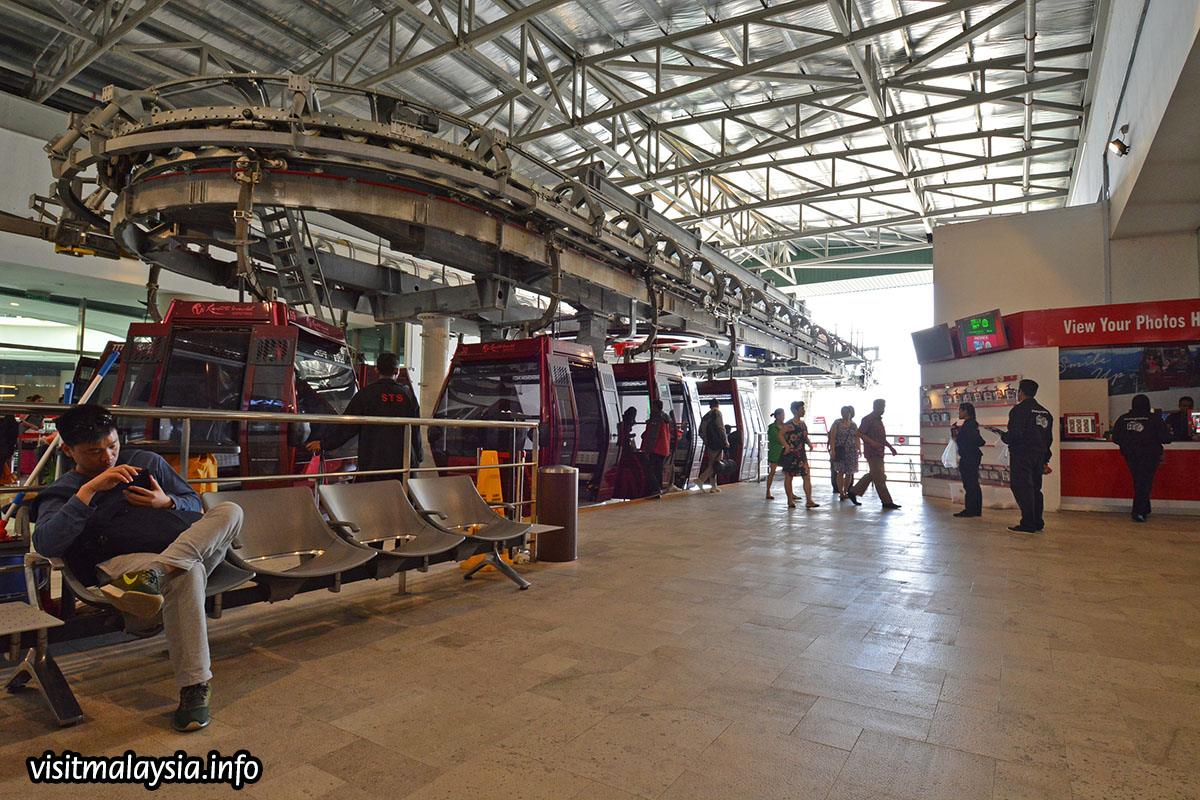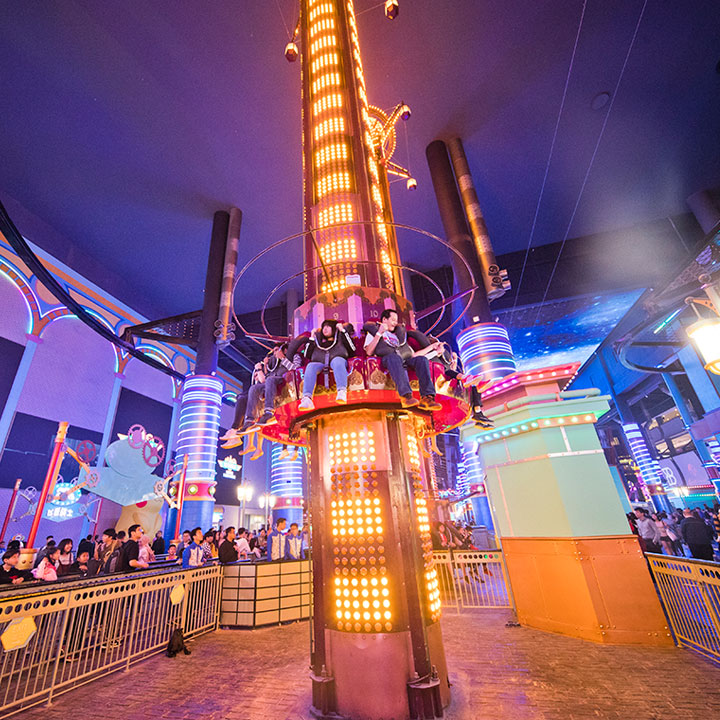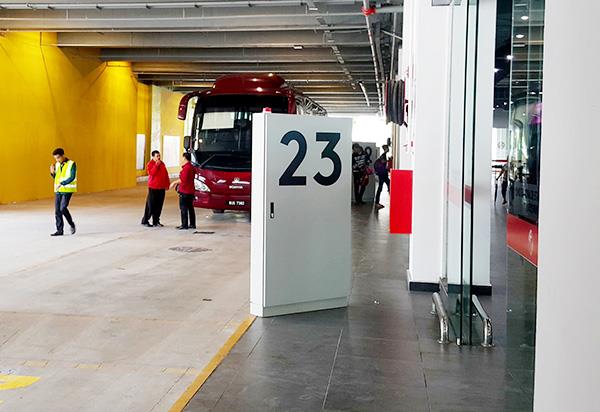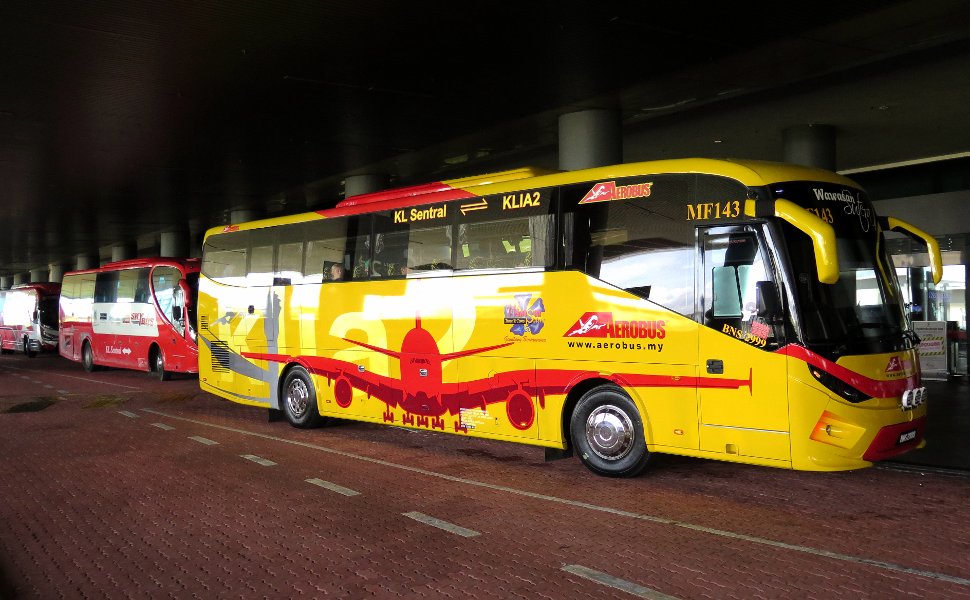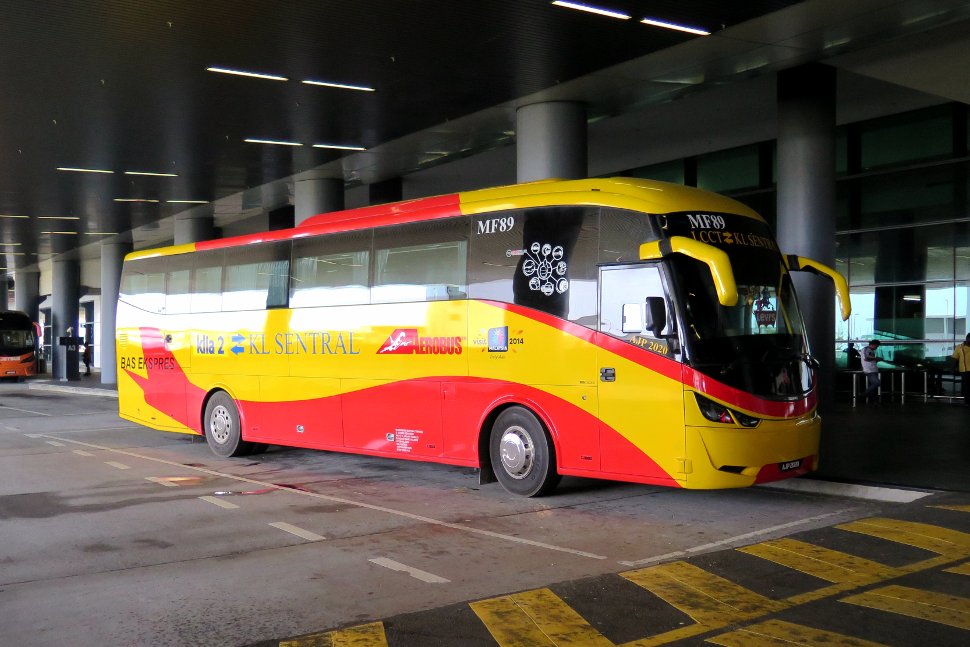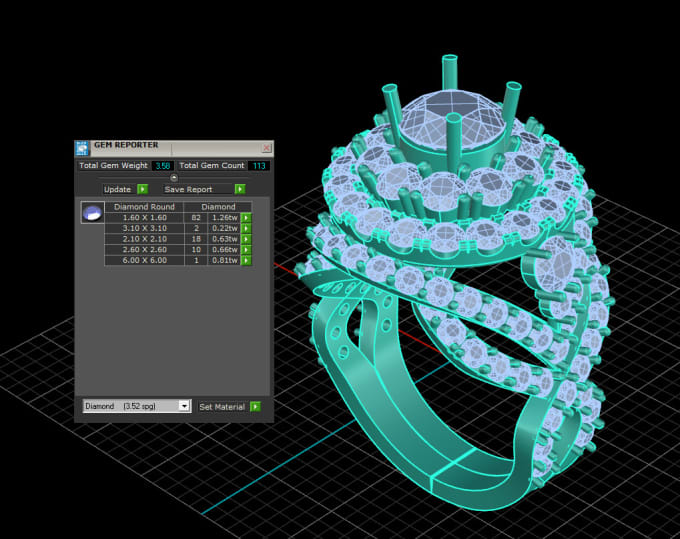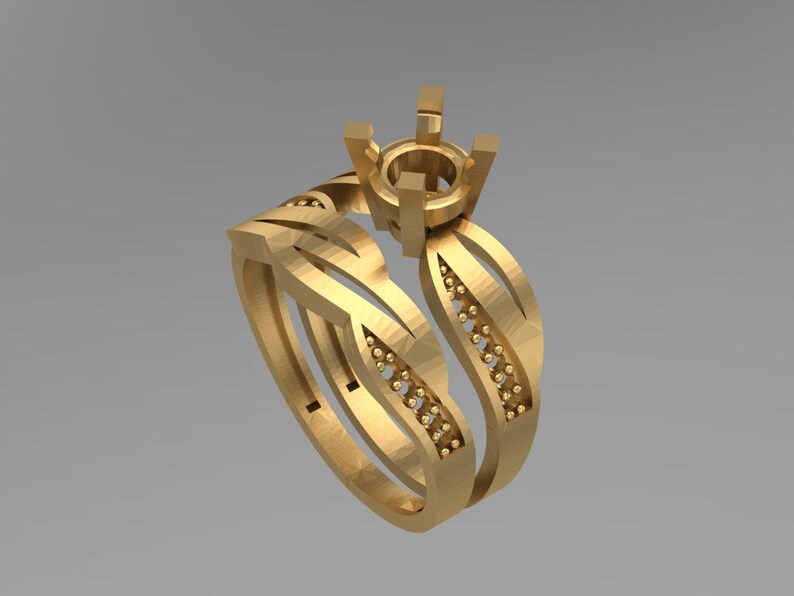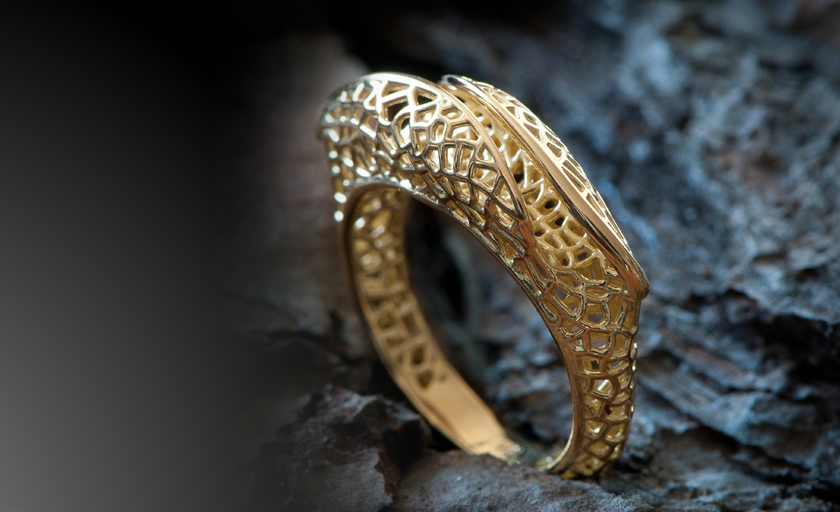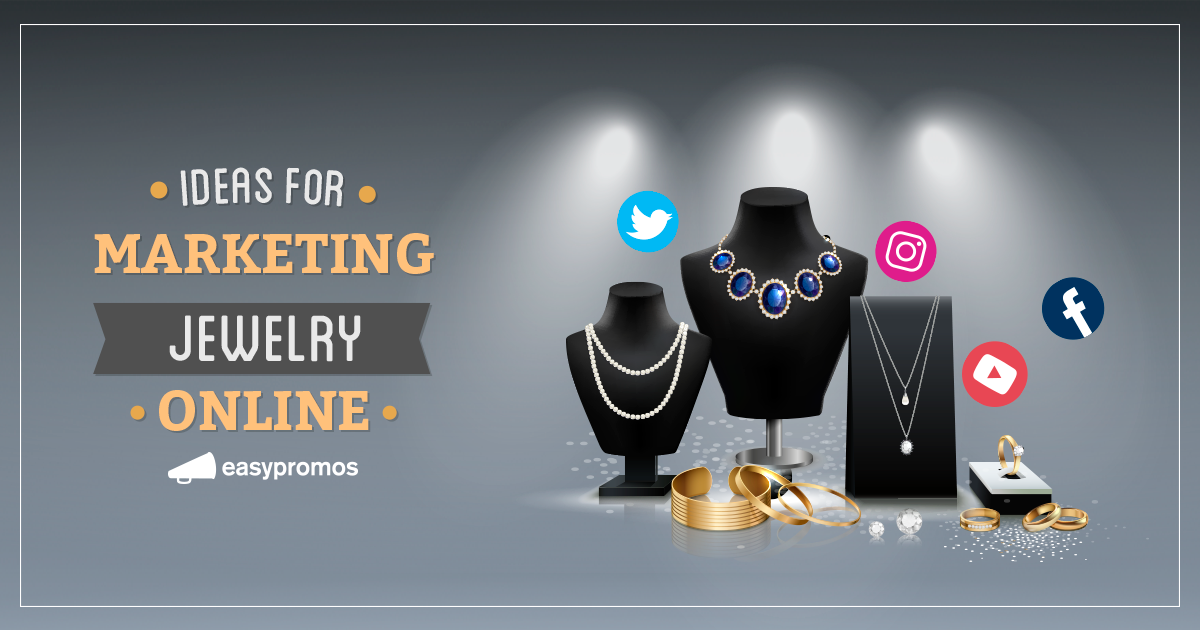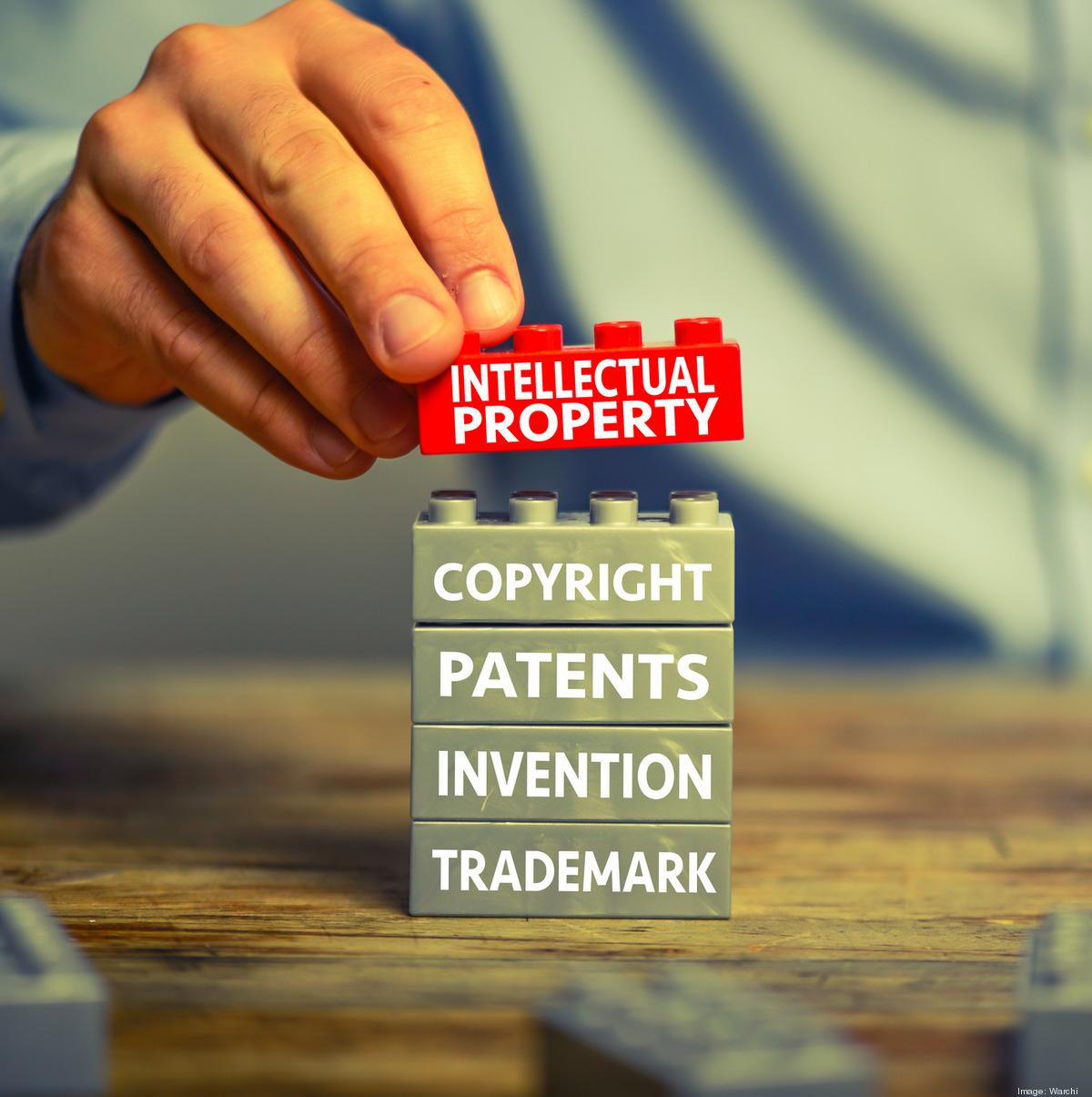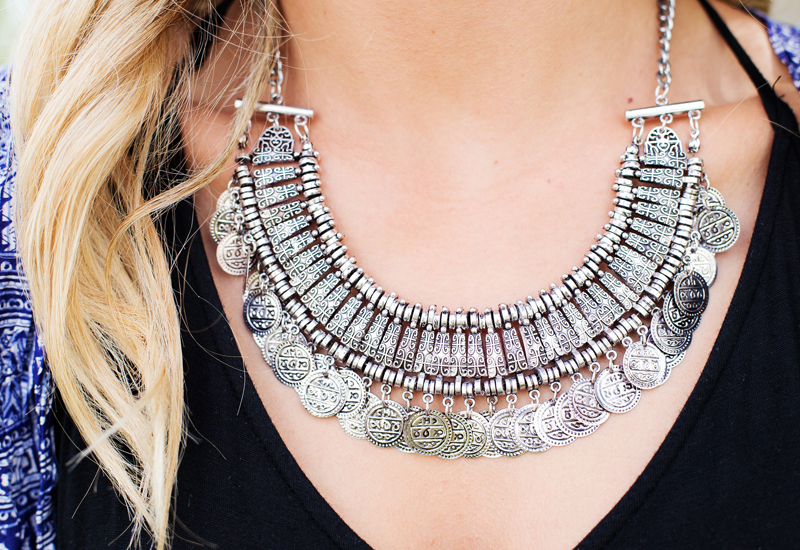Discover Pandipedia
Pandipedia is the world's first encyclopaedia of machine generated content approved by humans. You can contribute by simply searching and clicking/tapping on "Add To Pandipedia" in the answer you like. Learn More
Expand the world's knowledge as you search and help others. Go you!
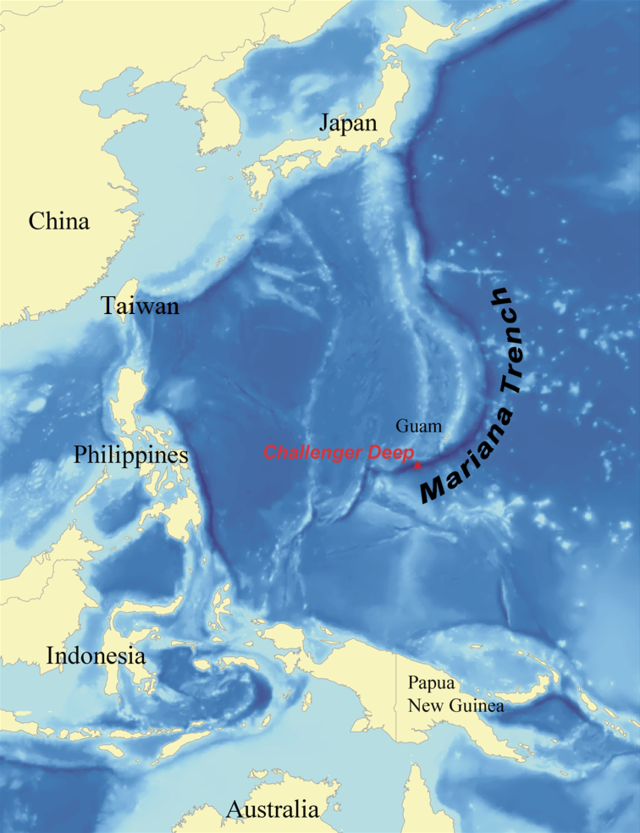
The deepest part of the ocean is the Mariana Trench, specifically a location within it called Challenger Deep. This point reaches approximately 10,984 meters (36,037 feet) below sea level, which makes it the deepest known point on Earth[1][4][6]. If Mount Everest were placed at the bottom of the Mariana Trench, its peak would still be about 7,000 feet underwater, illustrating the extreme depth of this trench[4].
Let's look at alternatives:
- Modify the query.
- Start a new thread.
- Remove sources (if manually added).
- Request a manual search from our human research team.

Genting Highlands
A popular hill resort located about 54.2 km from Kuala Lumpur, ideal for day trips with various attractions[2][3].
Awana SkyWay
The cable car system that connects Awana Station to SkyAvenue Station, offering stunning views[3][4].
Chin Swee Caves Temple
A scenic temple located midway on the cable car route, worth a stop for exploration[1][4].
SkyAvenue Station
The final station of the Awana SkyWay, located at the shopping complex in Genting[3][4].

Resorts World Genting
A major entertainment hub at Genting Highlands, accessible via cable car[1][3].
Let's look at alternatives:
- Modify the query.
- Start a new thread.
- Remove sources (if manually added).
- Request a manual search from our human research team.
Get more accurate answers with Super Search, upload files, personalised discovery feed, save searches and contribute to the PandiPedia.
Electric vehicles (EVs) are gaining popularity due to a strong emphasis on sustainable travel options within the car rental market. Many rental companies are expanding their fleets to include electric and hybrid vehicles, catering to environmentally conscious consumers and adhering to European Union regulations aimed at reducing carbon emissions. The European Parliament has mandated a 55% reduction in CO2 emissions from new cars by 2030, compelling rental companies to adapt their offerings accordingly[1].
Surveys indicate that over 50% of Europeans are willing to choose electric cars if available, highlighting a growing consumer preference for sustainability. This shift positions the Europe Car Rental Market advantageously for future growth as demand for eco-friendly vehicle options increases[1].
Let's look at alternatives:
- Modify the query.
- Start a new thread.
- Remove sources (if manually added).
- Request a manual search from our human research team.

The ancient Library of Alexandria was located in the city of Alexandria in Egypt. It formed part of the larger intellectual complex called the Mouseion (or Museum), which was situated in the royal quarter (the Brucheion) of the city—close to the harbor and within the central area of ancient Alexandria—even though its exact site has been lost over time[1][2][3][4].
Let's look at alternatives:
- Modify the query.
- Start a new thread.
- Remove sources (if manually added).
- Request a manual search from our human research team.
Let's look at alternatives:
- Modify the query.
- Start a new thread.
- Remove sources (if manually added).
- Request a manual search from our human research team.
Introduction
With the rapid evolution of 3D printing technology and AI-powered design tools, the jewellery industry is witnessing a major transformation. The blend of generative design and on-demand manufacturing is opening new opportunities for creative expression, rapid prototyping, and efficient production. This report examines how AI CAD tools can be used to create unique jewellery files, how print on demand services facilitate production and distribution, and what role materials, marketing, and intellectual property protection play in this innovative ecosystem.
AI CAD Tools and Generative Design
A new trend in jewellery design is the use of AI-based generative design tools. These tools allow even those without extensive design expertise to create unique pieces by simply entering descriptive text. For instance, the AI jewellery generator offered by Fotor enables users to produce both classic and 3D stylish jewellery from text prompts. As noted, the system is trained with millions of jewellery designs, converting words like 'gorgeous diamond necklace' or 'simple pearl earrings' into detailed design works[3]. This capability not only speeds up the design process but also opens the door for highly personalized and innovative creations.
Materials and 3D Printed Jewellery
The success of 3D-printed jewellery greatly depends on the selection of appropriate materials and precise manufacturing techniques. According to insights shared by jewelfx, modern jewellery creation begins with detailed CAD modelling to produce intricate pieces that would be difficult to execute by hand. Designers can create prototypes using materials such as resin, wax, or even precious metals like gold and silver. This additive manufacturing process, which builds objects layer by layer, ensures a high level of accuracy and detail. Moreover, techniques such as Direct Metal Laser Sintering (DMLS) allow the creation of fine and luxurious designs that appeal to customers looking for both innovation and quality[1].
Print on Demand and Online Marketing
One of the significant advantages of 3D-printed jewellery is its compatibility with print on demand services. Platforms like Beeoux and Shop3D allow designers to upload digital files and produce bespoke pieces only when a customer places an order. As described in the print on demand overview, these services handle the printing, finishing, and even shipping directly to the customer. This not only minimizes inventory costs but also offers a high degree of customization, letting buyers personalize designs with special messages or tweaks to the base model[4].
In addition to production, effective online marketing plays a vital role in selling 3D-printed jewellery. Resources from sunmediamarketing and Mailchimp emphasize the importance of a strong online presence. Creating visually appealing websites, using high-resolution photographs, and engaging in social media platforms such as Instagram and Pinterest can drive awareness and customer engagement[2][6]. Email marketing and targeted ads further help in reaching the right audience, while content marketing strategies, such as sharing behind-the-scenes design processes and customer testimonials, assist in building trust and a personal connection with the brand.
Intellectual Property Considerations
Intellectual property (IP) protection is another critical aspect in the creative process of designing jewellery. Whether a design is generated through traditional design methods or by using AI-powered tools, the original and unique aspects of these creations can be protected. As outlined by lawdit, registering a design can establish a registered design right which protects a product’s shape, texture, or any other distinctive features. A registered design provides a monopoly over that design for a set period, typically 25 years (with renewal fees every 5 years)[5].
Furthermore, unregistered design rights and copyright also provide valuable protection to artistic craftsmanship. Designers who incorporate detailed documentation of their creative process, whether through CAD files or design sketches, can further reinforce their IP claims. This is essential when entering competitive markets that rely on originality and uniqueness to attract customers.
Conclusion
Generative design combined with 3D printing and print on demand presents a promising future for the jewellery industry. AI CAD tools facilitate the creation of personalized, intricate designs that push the boundaries of traditional craftsmanship. The use of advanced materials and precise manufacturing methods ensures that the final products are not only innovative but also of high quality. Meanwhile, strategic online marketing and robust IP protection are essential to successfully bring these products to market and safeguard creative investments. As the digital and physical worlds continue to merge, the ability to rapidly design, produce, and market unique jewellery pieces is more accessible than ever, paving the way for a dynamic new era in jewellery design and commerce.
Let's look at alternatives:
- Modify the query.
- Start a new thread.
- Remove sources (if manually added).
- Request a manual search from our human research team.
Get more accurate answers with Super Search, upload files, personalised discovery feed, save searches and contribute to the PandiPedia.
Let's look at alternatives:
- Modify the query.
- Start a new thread.
- Remove sources (if manually added).
- Request a manual search from our human research team.
Let's look at alternatives:
- Modify the query.
- Start a new thread.
- Remove sources (if manually added).
- Request a manual search from our human research team.
Oui, Google peut augmenter ses prix. D'après le document, la société a mis en œuvre des lancements de publicité qui ont affecté le prix des annonces de recherche, estimant que le coût par clic était trop bas, ce qui les a poussés à envisager des augmentations de prix[1]. Jerry Dischler a également témoigné que Google avait effectivement lancé des augmentations de prix de 5 % sur les annonces de recherche[2].
Par ailleurs, Google explore diverses manières de maximiser la valeur pour les annonceurs, y compris l'utilisation de mécanismes de tarification et la possibilité d'un coût par clic premium, ce qui pourrait également influencer les prix à la hausse[3].
Let's look at alternatives:
- Modify the query.
- Start a new thread.
- Remove sources (if manually added).
- Request a manual search from our human research team.
Let's look at alternatives:
- Modify the query.
- Start a new thread.
- Remove sources (if manually added).
- Request a manual search from our human research team.



.jpg)



